Actively exploit and effectively use water resources
Quang Ninh is a locality located in the region with the highest rainfall in the North, averaging about 2,000 mm/year. Mong Cai, Quang Ha, Dam Ha areas reach 2,650-2,750mm; in contrast, Dong Trieu, An Sinh, Binh Khe areas only have about 1,500mm, equivalent to the driest places in our country. Co To has a rainfall of about 1,780mm. The rainy season lasts from April or May to October, accounting for 85-88% of the total annual rainfall; the dry season from November to March-April of the following year accounts for only 12-15%.
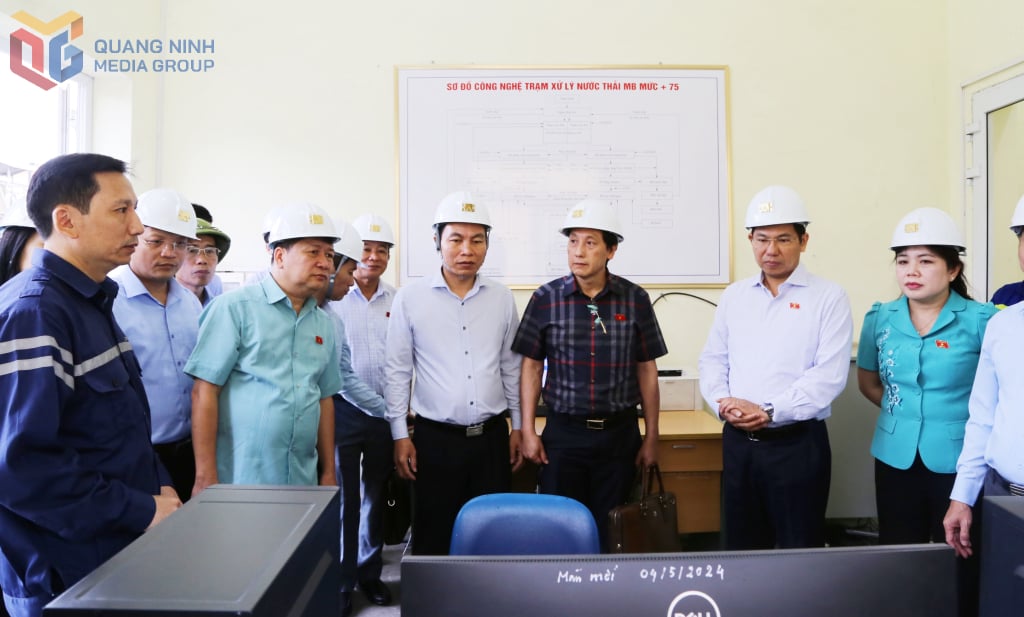
From this rainfall source, the province has about 12 billion m³ of water per year; surface water from rivers and streams reaches 8.33 billion m³. Underground water source is estimated at about 617 million m³/year, located in different aquifers, but exploitation is greatly affected by the fragmented terrain and uneven distribution characteristics.
The province has an important reservoir system with a total of 189 reservoirs (of which: 174 reservoirs are in operation; 2 reservoirs are under construction and are preparing to be handed over for use; 13 reservoirs are no longer in operation) with a total design capacity of 365.59 million m3 ; irrigation design capacity of 33,102 ha; domestic and industrial water supply of 36.3 million m3 ; water supply for aquaculture of about 2,450 ha.
In recent times, water resources management in Quang Ninh province has had positive changes, contributing to promoting sustainable socio -economic development of the province and the country. Functional sectors and localities in the province have focused on disseminating to cadres, party members and people about the Party's guidelines and policies, the State's policies and laws, the role, significance and importance of water resources management. At the same time, promptly guide the implementation of documents related to water resources work. Every year, propaganda content is integrated with activities responding to major holidays such as: World Water Day March 22, World Meteorological Day March 23, World Environment Day June 5, Day responding to the campaign to make the world cleaner...
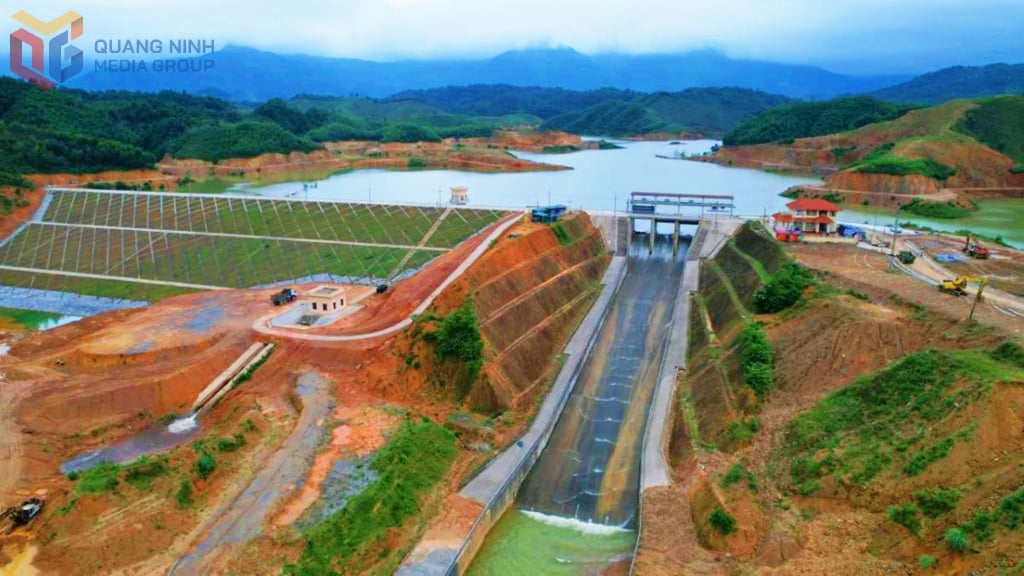
The exploitation and use of water resources are gradually being strictly managed. The province has effectively implemented the management of water resources according to the conclusions of the Politburo, the Government's decrees, and the guiding documents of the Ministry of Agriculture and Environment. The exploitation and use of water resources are gradually being strictly managed. The exploitation and use of water resources, the discharge of wastewater into water sources, and the practice of drilling for underground water have been licensed and managed in accordance with the provisions of law.
By the end of 2024, in Quang Ninh province, there will be 26 clean water plants using surface water and 12 underground wells, 2 underground water sources providing clean water through the centralized water supply system for urban areas with 3 management, operation and exploitation units. In which, Quang Ninh Clean Water Joint Stock Company manages and operates 24 surface water treatment plants (design capacity of 234,680m3 /day and night), 12 underground wells + 2 surface water sources (design capacity of 20,150m3 /day and night); Binh Lieu District Tap Water Management Center (now Binh Lieu Tap Water Management Branch) manages and operates the Binh Lieu town water supply system with Binh Lieu Water Plant, design capacity of 2,000m3 /day and night; The Co To District Public Service Management Board (now the Co To Special Zone Service Supply Center) manages and operates the C4 and C4.1 lake water supply stations, with a capacity of 1,440m3 /day and night. In rural areas, the whole province has 297 works/network systems connecting domestic water supply works with a total designed capacity of about 71,000m3 /day and night.
In the province, there are also 740 projects exploiting and using water for agriculture, of which 176 reservoirs are in operation, 460 dams and 104 irrigation and drainage pumping stations; with a total capacity of more than 363.2 million. At the same time, the province has 48 projects exploiting water resources for industrial purposes, of which 9 projects are granted by the Ministry of Agriculture and Environment, 39 projects are granted by the People's Committee of Quang Ninh province. With a total flow of exploitation for industry: 24,720,000m3 / day and night. In addition, in the area, there is 1 hydroelectric project generating electricity, Khe Soong Hydroelectric Plant, with an installed capacity of 3.6MW.
To raise awareness and sense of law compliance in protecting, exploiting and using water resources for socio-economic development, the Provincial People's Committee issued many documents directing departments, branches, units and localities to strengthen water resources management, based on functions and tasks, assigning responsibilities and specific tasks for each level, branch and unit.
The province has approved and issued a list of intra-provincial water sources, a list of water sources that must have a protection corridor, a list of prohibited areas, restricted areas, and areas that must register for underground water exploitation in the area. At the same time, it has completed the construction of an automatic monitoring system for the provincial natural resources and environment sector, which integrates a module for receiving data to monitor the exploitation and use of water resources according to regulations; organized the implementation of the plan to protect, exploit and use water resources of Quang Ninh province in the Provincial Planning for the period 2021-2030, with a vision to 2050; approved a list of 204 lakes, ponds, and lagoons that cannot be filled in the province...
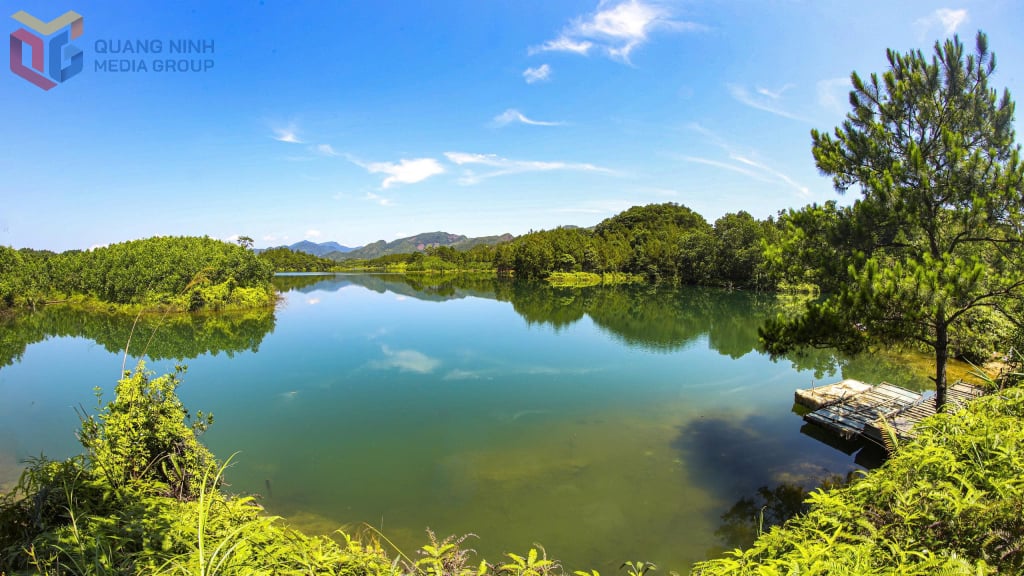
Synchronous solutions, long-term vision to ensure water security
Climate change is one of the biggest challenges to ensuring water security in Quang Ninh province. The province is regularly affected by extreme weather events such as storms, flash floods, prolonged droughts and rising sea levels. These events not only cause an imbalance in surface water but also erode the soil, reducing the water storage capacity of reservoirs.
Although through review, up to now, there are no areas in the province that regularly experience drought, water shortage, or pollution. However, in recent years, the water level at some irrigation reservoirs in the province, at the end of the dry season, has decreased sharply compared to the same period last year. Specifically, according to information from Dong Trieu Irrigation One Member Co., Ltd.: The water level of the irrigation reservoirs managed by the unit for many years, at the end of the dry season, has decreased compared to the same period last year, from 0.2m to more than 6m, depending on the reservoir.
In addition, the rapid socio-economic development, the increasing population, along with the increase of industry, tourism and agriculture, have also put great pressure on water supply. On the other hand, some economic units in the province have not complied with environmental protection regulations, discharged waste into water sources, affecting the quality of surface water and groundwater in some areas. Recently, through the reflection of the people, the authorities and local authorities have inspected and discovered environmental pollution from the pig farm of Greentech Livestock Joint Stock Company (Duong Hoa commune). According to the report of the Department of Agriculture and Environment, the initial results determined that there was black wastewater flowing into the environment and the stench was spreading as reported by the people. The inspection teams requested the enterprise to: Review the entire rainwater drainage system, wastewater, biological lake; operate the wastewater treatment system at the correct capacity; Do not let untreated wastewater overflow into the environment; urgently install odor treatment systems in livestock barns.
In addition, the capacity of reservoirs in the area is also showing signs of decreasing due to sedimentation and the impact of unsustainable forest exploitation and agriculture. Yen Lap Lake, the province's largest water source, has lost about 10-15% of its capacity due to sedimentation in just the past 5 years. This not only affects the water storage capacity, but also reduces water quality due to sedimentation and waste from surrounding production activities.
To ensure water security, Quang Ninh has developed and issued many programs, action plans or projects to ensure water security and safety of dams and reservoirs. At the same time, it has raised awareness of the importance of ensuring water security and safety of dams and reservoirs in the new situation; at the same time, it has improved institutions and policies, and improved the effectiveness and efficiency of state management in ensuring water security and safety of dams and reservoirs.
The authorities have actively prevented, promptly detected, fought against and handled acts of violating the security and safety of water resources and dams. Typically, the province has issued a Project to ensure water security in Quang Ninh province until 2025, with a vision to 2030, approved by the Quang Ninh Provincial People's Committee in Decision No. 888/QD-UBND dated April 6, 2023, until 2030; proposed to renovate, upgrade and build new reservoirs...
Recently, the Provincial People's Committee has also issued a Plan for Exploitation and Use of Water Resources to specify the Law on Water Resources 2023 and the water source scenario of the Red - Thai Binh River Basin. This plan aims to provide enough water for daily life, production and services; distribute fairly; exploit economically and effectively; reserve for natural disasters and droughts; and raise public awareness about water resource protection. The province's plan is implemented in both breadth and depth, from project operation management, inter-reservoir regulation, infrastructure maintenance, to changing production structures and raising public awareness.
In the field of urban water supply, water plants and stations are inspected and maintained periodically to ensure continuous operation. The province prioritizes supplementary water supply to areas at risk of water shortage such as Mieu Huong and Dien Vong; at the same time, it seeks additional water sources and invests in storage systems in new urban areas and concentrated residential areas. Water saving propaganda is carried out regularly to form reasonable usage habits in the community.
To implement this plan, in rural areas, water supply works will be maintained and repaired to ensure stable flow. With 250 works at risk of shortage, clearing the flow and handling losses is the top priority. People are encouraged to store water and be proactive in the dry season.
In agricultural production, the system of reservoirs and canals is maintained and dredged, reducing losses and ensuring irrigation sources. Water is supplied in batches, linked to the seasons; the crop structure is arranged to suit water source conditions. When necessary, the province reduces water for industry to prioritize agriculture. Areas at risk of water shortage are converted to suitable crops and livestock breeds; aquaculture areas are also adjusted in scale to avoid risks. The province pays special attention to solutions to cope with increasingly obvious saltwater intrusion.
With hydropower, the regulation of water for electricity generation is based on the water flow to the reservoir and the requirements of the power system operation. The water level of the reservoir is always kept within safe limits, with priority given to the source when necessary for daily life and production.
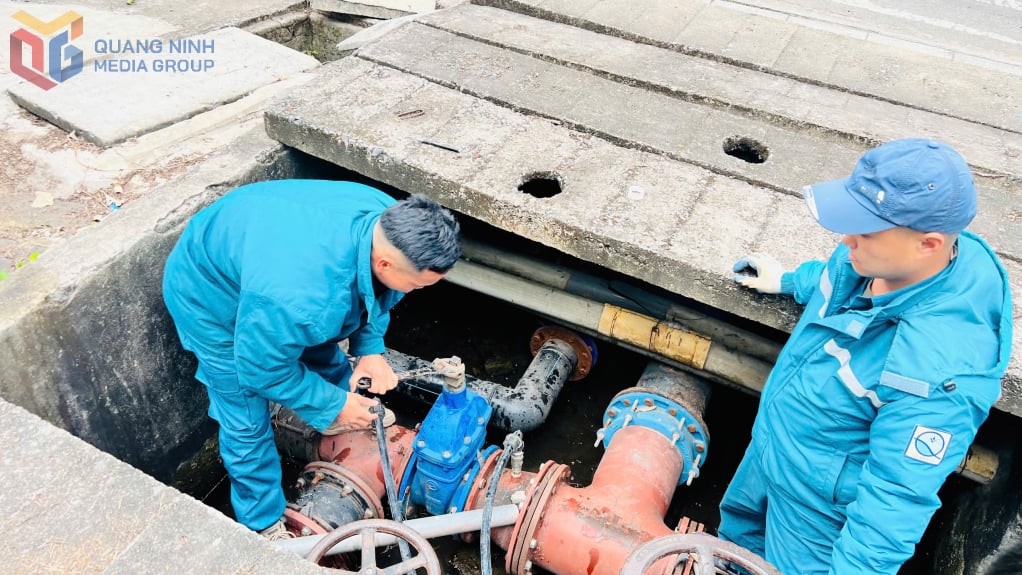
Along with that, the Provincial People's Committee also assigned the Department of Agriculture and Environment as the focal agency, coordinating with the Department of Industry and Trade, the Department of Construction and localities. In the immediate future, focus on implementing the provisions of the law on water resources related to decentralization, decentralization and 2-level local government. Thereby, ensuring continuity in the implementation of legal provisions on water resources as well as ensuring the rights, legitimate interests and creating favorable conditions for organizations and individuals in exploiting and using water resources.
Comrade Doan Manh Phuong, Head of the Irrigation Sub-Department of Quang Ninh province, said: Implementing the provisions of the law on water resources related to decentralization, decentralization and 2-level local government, the province will soon train and improve the capacity of staff at the grassroots level, and at the same time review to propose adjusting the reservoir management model in the direction of transferring it to specialized irrigation enterprises.
The People's Committee at the commune level also organizes the compilation of a list of organizations and individuals engaged in water resource exploration, exploitation, use, and underground water drilling in the area for monitoring and management; organizes the declaration of underground water exploitation works of households for domestic use; confirms the registration of underground water exploitation under the authority of the Chairman of the People's Committee at the commune level. At the same time, strengthen the inspection and supervision of the implementation of the law in the field of water resources for organizations and individuals in the management area; monitor and inspect to promptly detect violations of the law on water resources, handle or propose handling according to the provisions of law.
Source: https://baoquangninh.vn/bao-dam-an-ninh-nguon-nuoc-cho-phat-trien-ben-vung-3371416.html


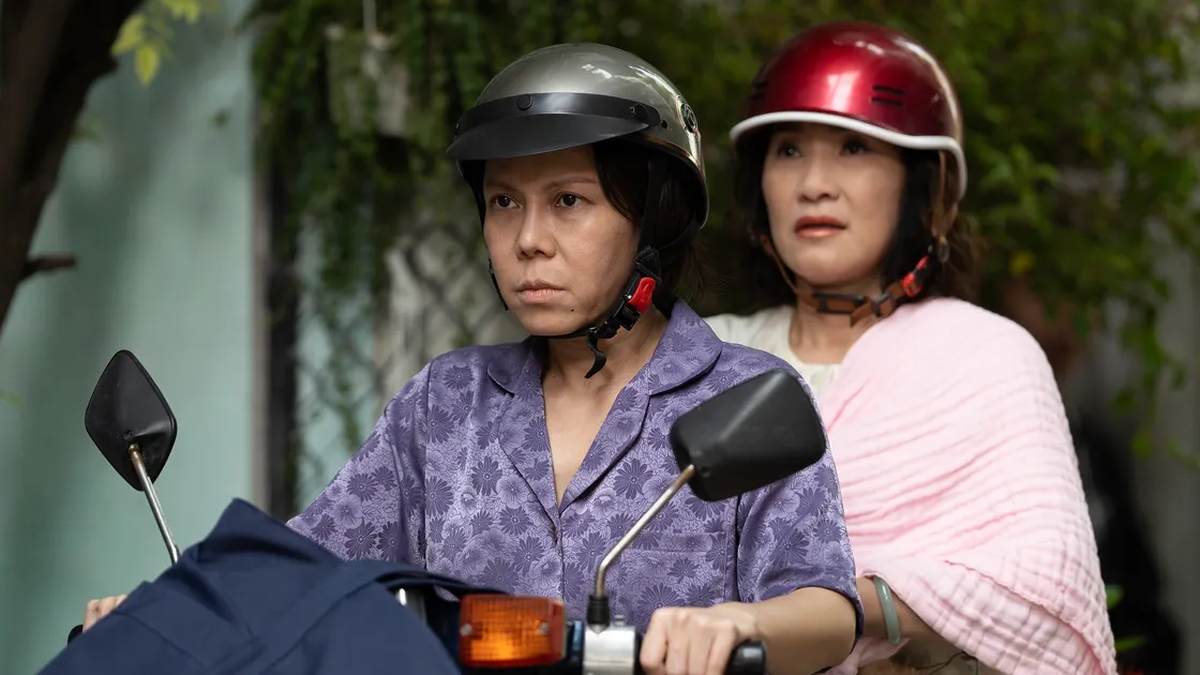





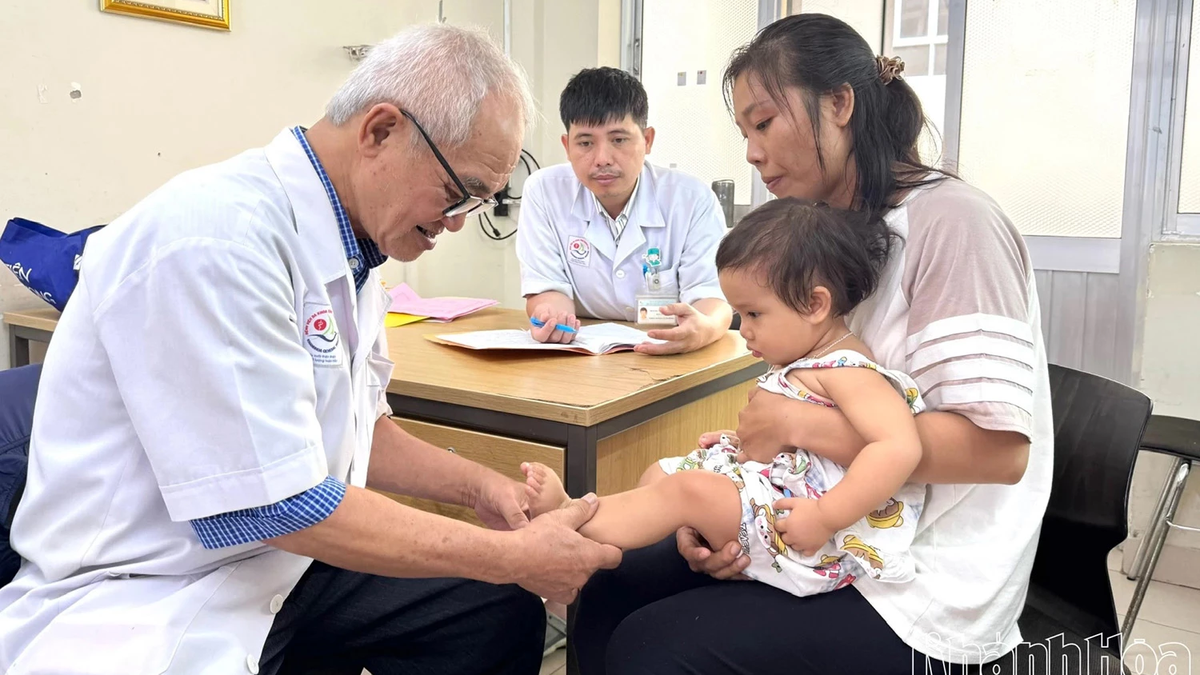
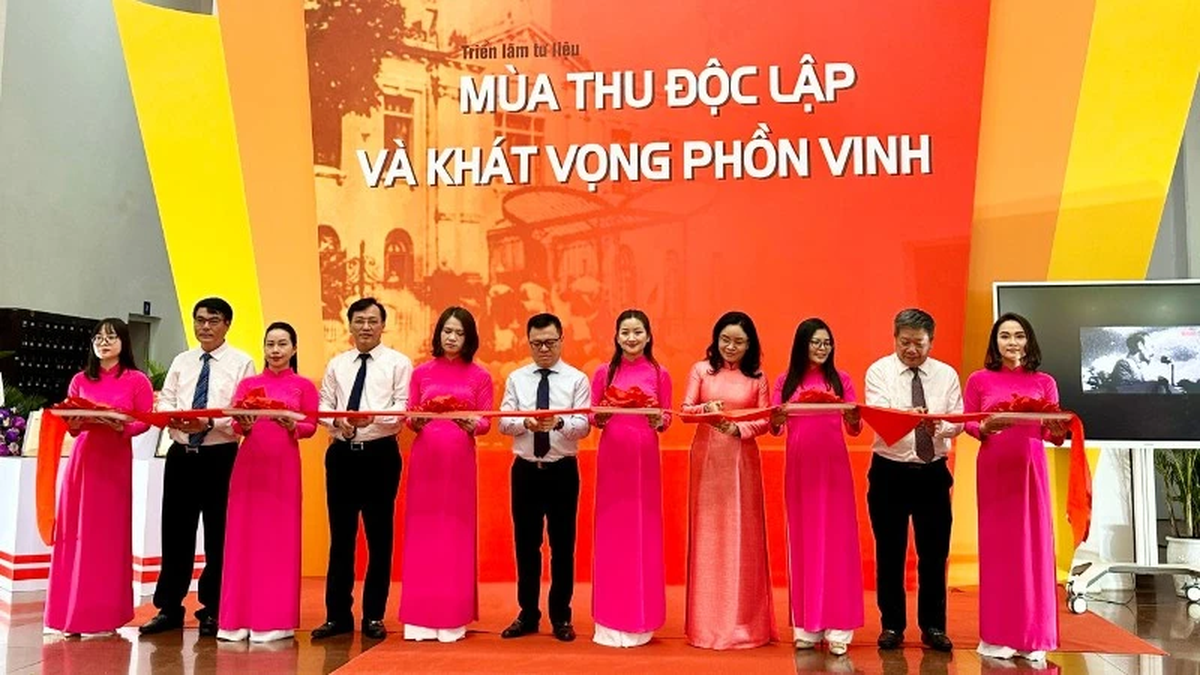

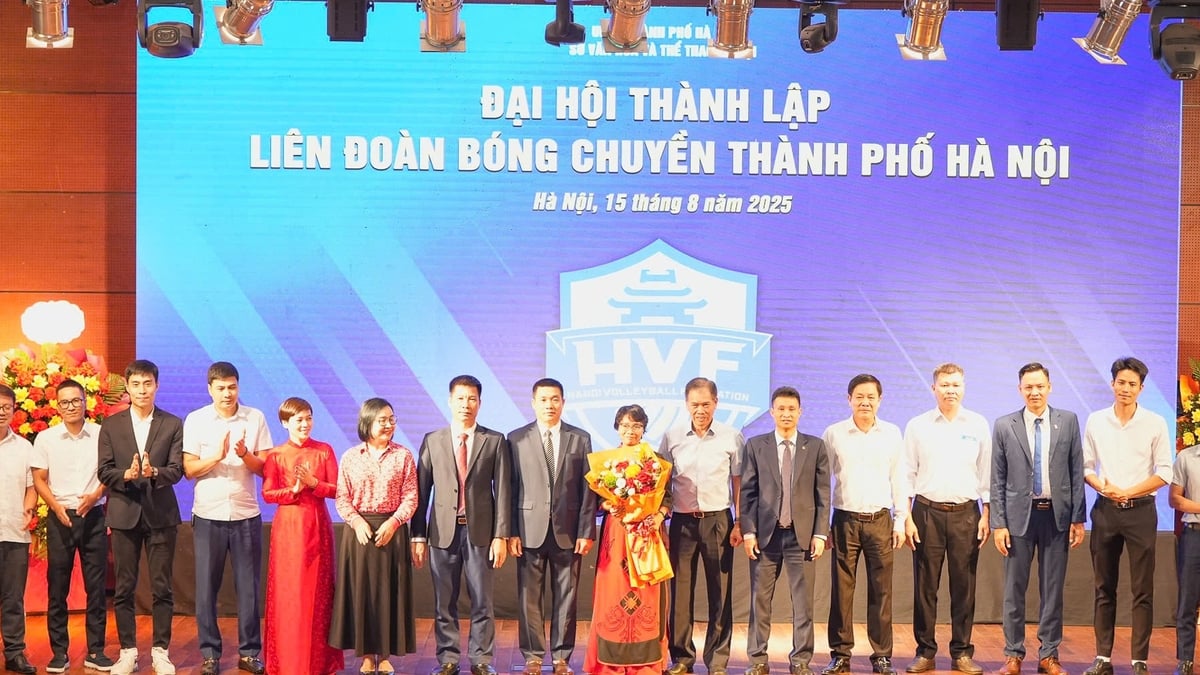










![[Photo] Firmly marching under the military flag: Ready for the big festival](https://vphoto.vietnam.vn/thumb/1200x675/vietnam/resource/IMAGE/2025/8/15/86df2fb3199343e0b16b178d53f841ec)
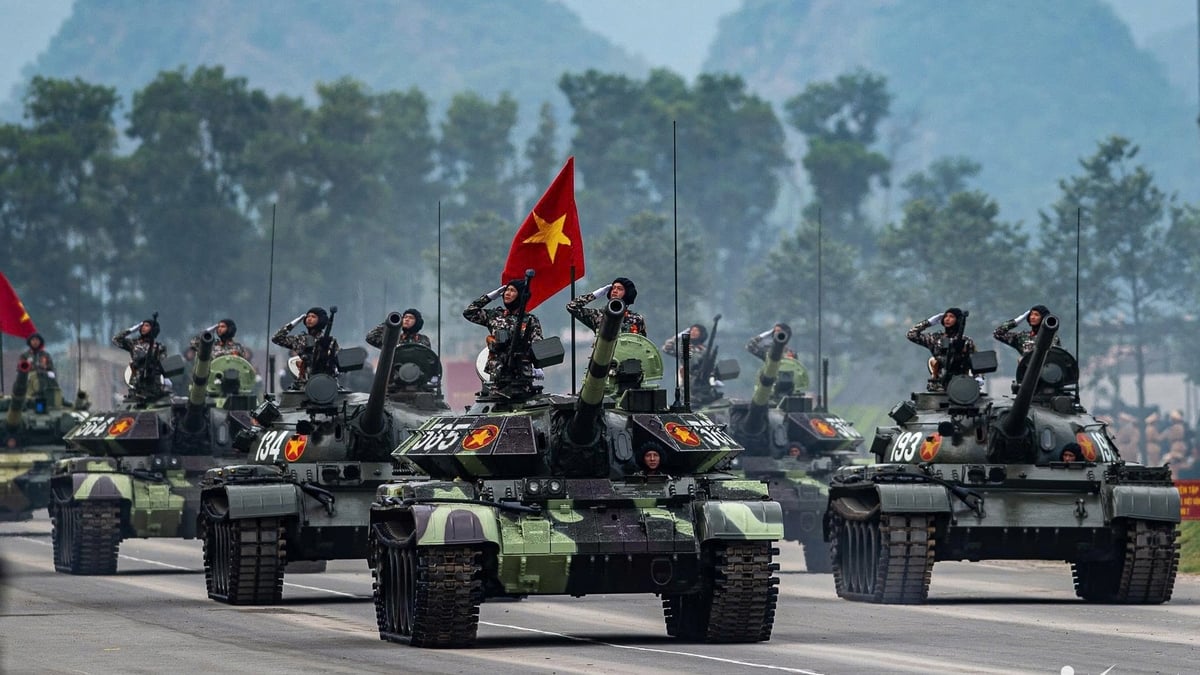

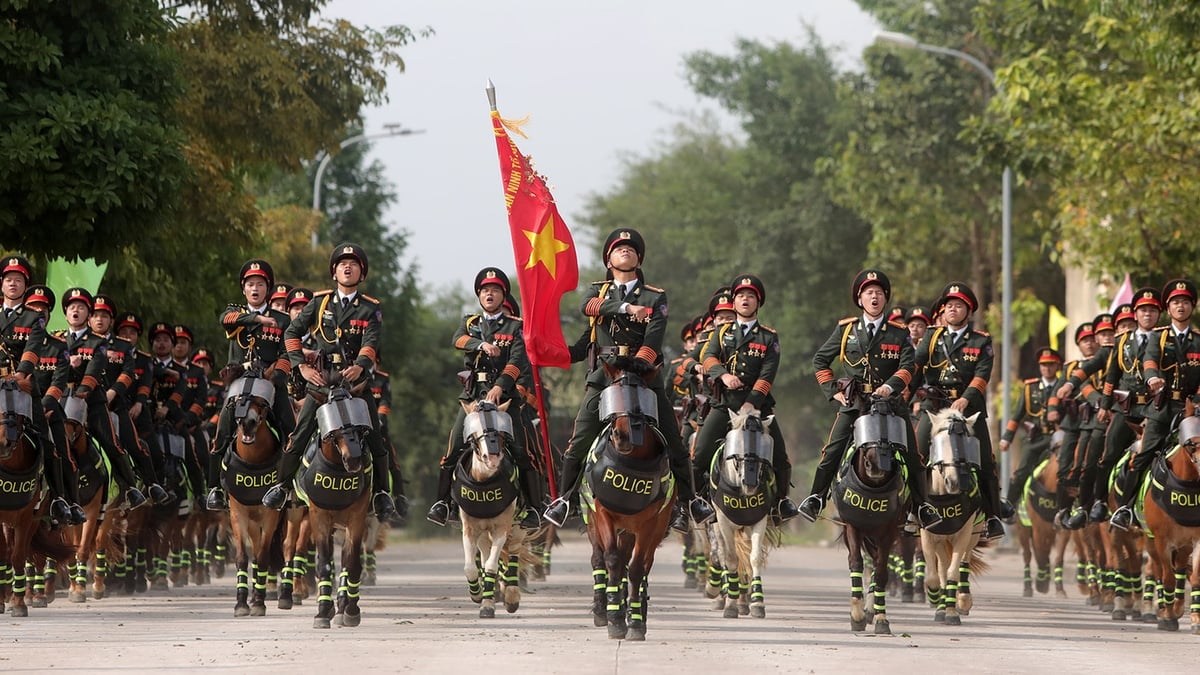

![[Photo] Binh Khanh Bridge Ho Chi Minh City is ready to reach the finish line](https://vphoto.vietnam.vn/thumb/1200x675/vietnam/resource/IMAGE/2025/8/14/b0dcfb8ba9374bd9bc29f26e6814cee2)


![[Photo] The special solidarity relationship between Vietnam and Cuba](https://vphoto.vietnam.vn/thumb/1200x675/vietnam/resource/IMAGE/2025/8/15/5f06c789ab1647c384ccb78b222ad18e)

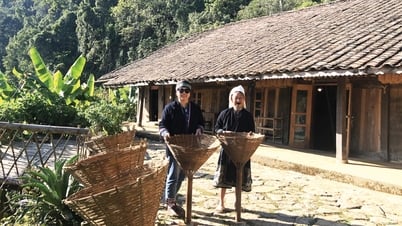




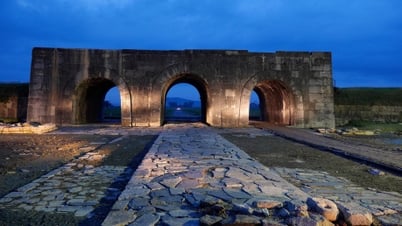
























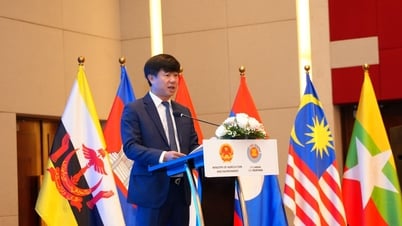

![[Photo] President Luong Cuong receives Finnish Ambassador to Vietnam Keijo Norvanto](https://vphoto.vietnam.vn/thumb/402x226/vietnam/resource/IMAGE/2025/8/15/9787f940853c45d39e9d26b6d6827710)

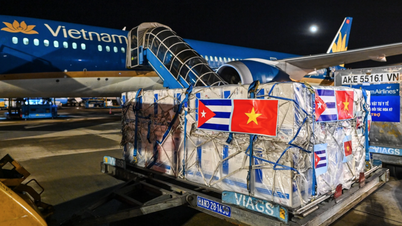





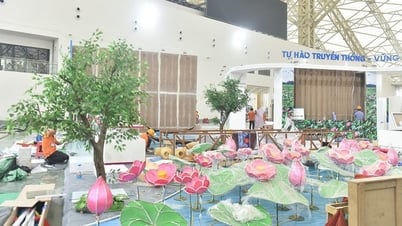
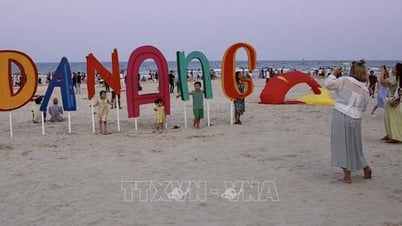
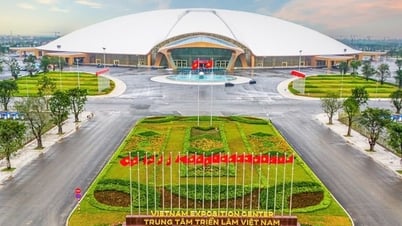
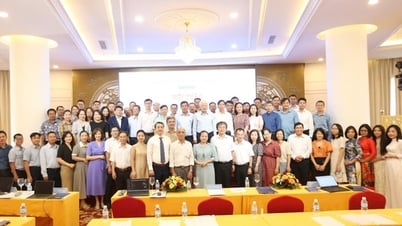

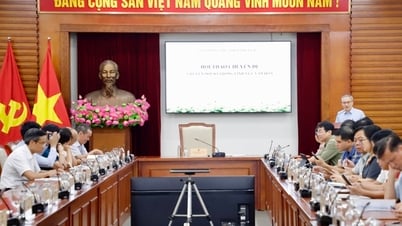





















Comment (0)